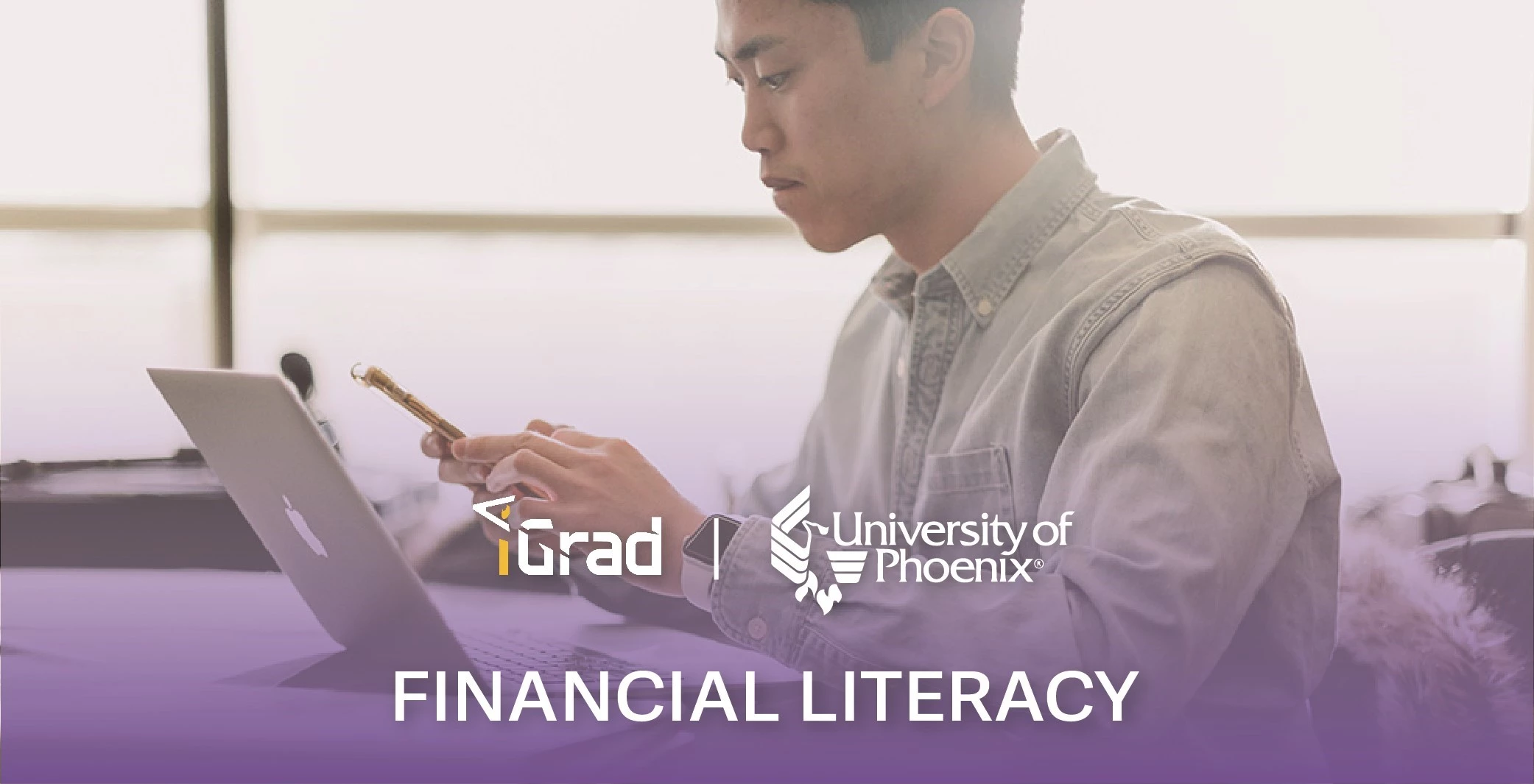In 1965 President Lyndon B. Johnson signed an historic piece of legislation known colloquially as the Higher Education Act, or HEA. However, its long title, "An Act to strengthen the educational resources of our colleges and universities and to provide financial assistance for students in post-secondary and higher education," reveals a bit more about this important law, what it meant then, and what it means now, in 2014, when the HEA is up for its tenth reauthorization since 1965.
Student Loan Debt Has Never Been Higher
According to a recent study by Credit Reporting Bureau, Experian, the total student loan debt in America has topped $1.2 trillion as 40 million Americans now have at least one student loan. Another study found that seven out of every ten college students have some manner of student loan debt, with the average amount sitting around $30,000 and an estimated 7 million Americans in default. Consumer Financial Protection Bureau (CFPB), who generated these figures, believes this massive amount of debt has far-reaching implications in American society. The CFBP concludes that the so-called "domino effect" of college debt stifles the economy by preventing students from buying homes, starting businesses, or even moving out of their parents’ homes.
Can the Reauthorized HEA Help?
In the past, the purpose of the HEA has remained true to Johnson's original aims to make college more affordable and accessible. However, the reality of the debt that most students face seems to contradict that advantage. And though the benefit of a college education—an average of an additional $17,500 per year in income, according to Pew Research Center—still remains, the lack of effective help available to college students who need loans is equally concerning.

With the 2014 reauthorization of the HEA, lawmakers continue to aim for real changes that will help students avoid the perils of too much college debt. One such proposal, led by Iowa Senator Tom Harkin, is tellingly renamed the Higher Education Affordability Act. In it, Sen. Harkin hopes to change the environment of college borrowing by increasing how much money states contribute to public post-secondary schools, offering greater support to more affordable community colleges, and expanding high school programs that offer college credit.
In addition to these measures, another act, titled the Financial Aid Simplification and Transparency Act (FAST), aims to make the application and acceptance of student financial aid easier than ever. Its first move is to replace the complicated FAFSA with a two-question form that simply asks about income and household size. Once complete, FAST would also streamline the way colleges and universities structure financial aid package offers. This way, each offer a student receives will look the same, making it easier for them to compare.
What's Missing?
Despite some clear efforts to make the financial aid process simpler (FAST) and change the way that students approach and pay for college (HEAA), many experts still think that it isn't enough. One of the biggest problems with both these acts is the lack of resources and focus put toward financial literacy education. Another act, entitled Empowering Students Through Enhanced Financial Counseling Act, would do just that. However, its efforts have stalled as of late. Though "Empowering Students" passed through the U.S. House of Representatives in July, it has yet to go through the Senate and many insiders, including govtrack.us, do not predict it is likely to pass.
As multiple surveys conducted by NERA Economic Consulting and Young Invincibles found, most student loan borrowers don’t understand key aspects of their loans and over 40 percent of students don’t remember ever going through the government mandated entrance and exit counseling. This further showcases the need to enhance engagement and retention through alternative video-based entrance and exit counseling and campus based student financial literacy curriculum. Ultimately, if students don't understand the basics behind personal finance and financial aid, the numbers themselves will always present a problem in their overall success.
[For more statistics surrounding the effectiveness of student financial literacy programs, read Financial Literacy Programs Lead to Responsible Student Loan Borrowing]









